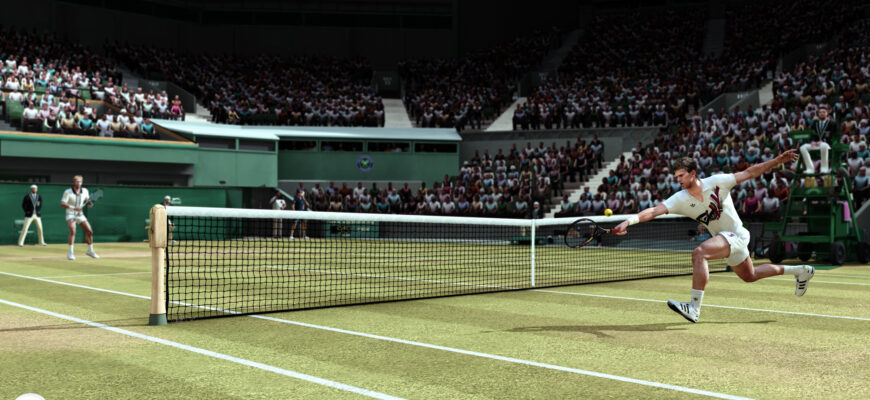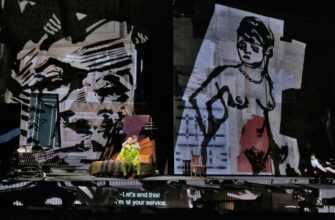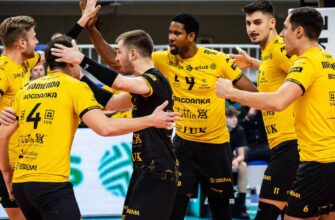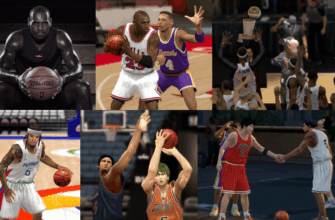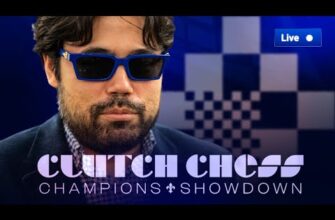In the world of professional tennis, nostalgia is a powerful serve. It conjures images of epic battles, contrasting personalities, and rivalries that transcended the sport itself. Lately, a familiar sentiment has resurfaced, championed by former world No. 14 Jerzy Janowicz: a yearning for the “golden era” of tennis, a period defined by the seemingly insurmountable dominance and captivating artistry of the “Big Three”—Novak Djokovic, Rafael Nadal, and Roger Federer.
A Gaze Back at the Titans
Janowicz, who himself faced the formidable trio during his career, recently articulated what many long-time fans whisper on social media forums and at grand slam events: the current generation, despite its undeniable talent, simply doesn`t captivate in the same way. “I really miss the rivalry between Novak Djokovic, Rafael Nadal, and Roger Federer,” he stated, even extending his sentiment to include stalwarts like Andy Murray, Stan Wawrinka, and David Ferrer. It`s a testament to the indelible mark these players left, not just on the record books, but on the very soul of the sport.
What was it about the Big Three that created such a gravitational pull? Perhaps it was their distinct, almost theatrical, styles: Federer`s balletic grace and offensive brilliance, Nadal`s unyielding power and relentless retrieve game, Djokovic`s surgical precision and defensive mastery. Their contrasting approaches forged a crucible of competition, where every match felt like a clash of ideologies. Beyond the technicalities, their sustained excellence over nearly two decades built narratives, arcs of triumph and heartbreak, that became deeply personal to millions of spectators. It wasn`t just tennis; it was a sporting saga unfolding before our eyes.
The New Guard: Talent Undisputed, Charm Debated?
Today, the torch is being passed, brilliantly, to the likes of Carlos Alcaraz and Jannik Sinner. Both are prodigious talents, armed with explosive power, remarkable athleticism, and grand slam titles already gracing their résumés. Alcaraz, with his all-court game and infectious exuberance, and Sinner, with his clinical ball-striking and cool demeanor, represent the vanguard of a new era. Yet, Janowicz`s critique is stark: “Today in tennis everything seems more boring to me; it seems that everyone plays the same.” He concedes their strength but questions their ability to enthrall.
Is this merely the lament of a bygone era`s champion, or does it hold a kernel of truth? Modern tennis, particularly at the elite level, has evolved. The physical demands are astronomical, necessitating a level of athletic preparation that often prioritizes efficiency and power. Coaches and analysts scrutinize every aspect of a player`s game, leading to highly optimized, and occasionally, convergent, playing styles. The margins are so fine that deviations from a proven formula can be catastrophic. Consequently, the distinct stylistic differences that once defined the Big Three era might indeed seem less pronounced.
The Crucible of Rivalry: More Than Just Strokes
However, to suggest that modern tennis is “boring” might be a tad premature, and perhaps, a touch unfair. What Janowicz and many fans truly miss isn`t necessarily a lack of skill, but the profound, decade-spanning rivalries. The Big Three didn`t just play great tennis; they built an intricate web of personal and professional antagonism. Their contests were imbued with history, mutual respect, and an unyielding desire to etch their names above all others. These narratives don`t materialize overnight; they are forged in the fires of countless battles, evolving over years, even decades.
Alcaraz and Sinner, while undoubtedly future titans, are still writing their opening chapters. Their head-to-head encounters are already compelling, showcasing exhilarating tennis. But the deep emotional investment, the collective breath-holding for a potential match-up that feels like a destiny, takes time. It requires more finals, more epic five-setters, more moments where one player pushes the other to unforeseen limits, revealing the very core of their competitive spirit.
Perhaps the problem isn`t the players, but our collective memory, ever so keen to romanticize the past. The echoes of legendary battles are potent, making it challenging to appreciate the nascent brilliance of a new generation still finding its definitive voice.
Looking Ahead: The Unwritten Chapters
The beauty of tennis, like any great sporting narrative, lies in its unfolding drama. The current crop of players, including but not limited to Alcaraz and Sinner, possesses all the raw ingredients for legendary careers and era-defining rivalries. They may not perfectly replicate the magic of the Big Three, but perhaps that`s not their purpose. Instead, they are poised to create their own unique brand of enthrallment, pushing the boundaries of the sport in new and exciting ways.
The sentiment expressed by Janowicz is understandable; it’s a lament for a golden age. But the court is still vibrant, the serves still thunderous, and the volleys still crisp. The challenge for fans, perhaps, is to observe with fresh eyes, allowing the new narratives to develop, to appreciate the present for its own merits, and to trust that the next chapter of tennis history will be as compelling as the last, albeit in its own distinctive fashion.

